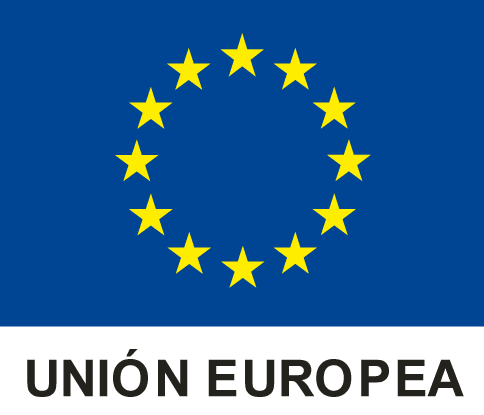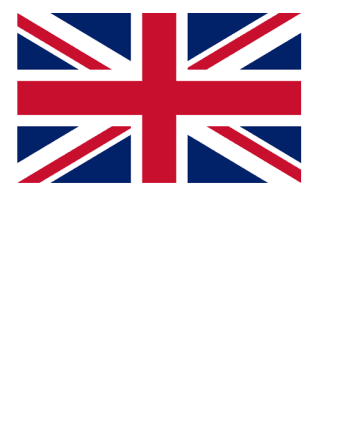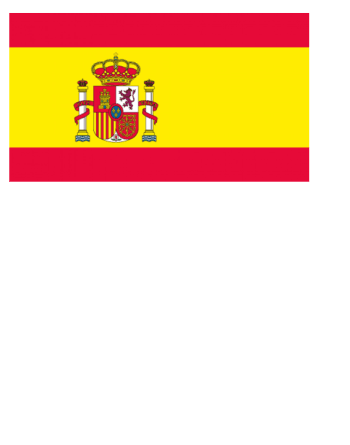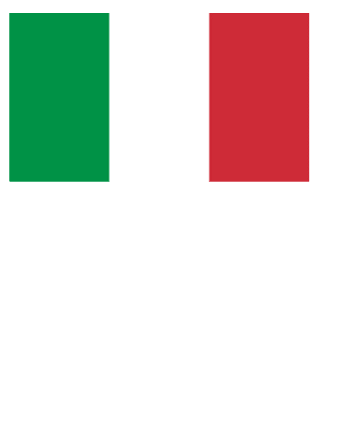PID-CDTI PROJECT. REVOLUM.
Control of dimensional variation in lime mortars for use in heritage sites
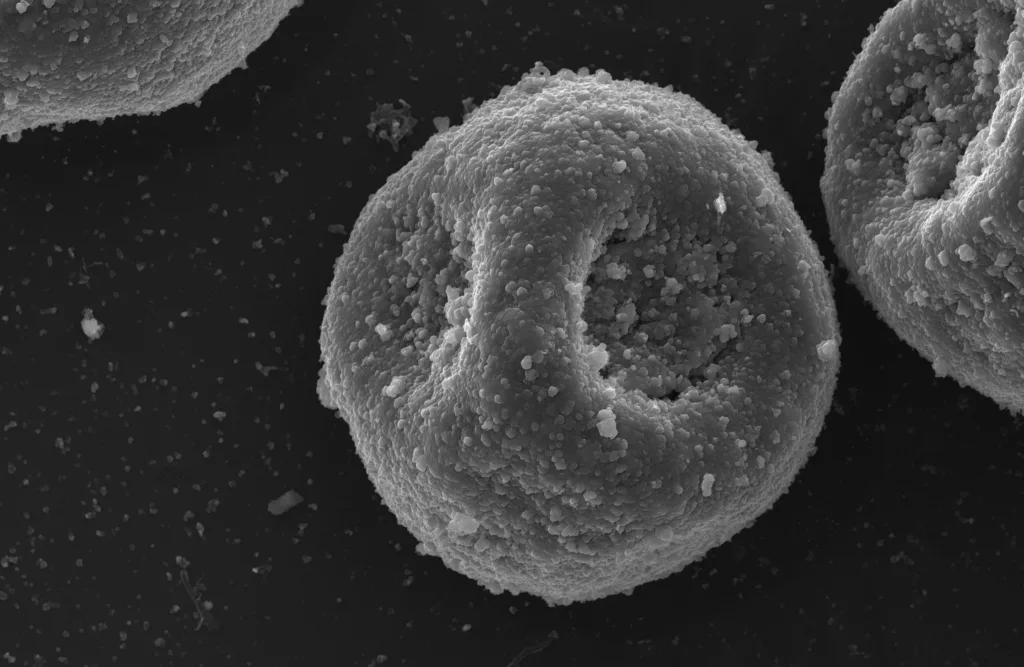
About Revolum
The main objective of the project is to research and develop solutions capable of compensating the shrinkage of hydraulic lime mortars sufficiently to avoid the pathologies associated with this phenomenon, while at the same time ensuring that this solution is congruent from the chemical, mineralogical, water, durability, etc. points of view with the stone and/or ancient supports that make up the architectural cultural heritage.
Within this main objective, the validation of the efficacy of the selected additives is presented as a specific and key objective to counteract or reduce the shrinkage of lime mortars without compromising their chemical-mineralogical, textural and physical-mechanical compatibility with traditional building materials.
REVOLUM project structure and milestones
The objective of this Milestone is to study, examine and compare the behaviour of different mortar formulations to see the advantages and disadvantages in different properties provided by the admixtures used. Within the Milestone we can find different Tasks that could be described as:
- Documentation and bibliographic research.
- Selection of the work pathways to be developed.
- Selection of additives.
- Additive testing.
- Testing of lime mortars.
- Lime mortar dosage tests.
The activities to be carried out in this milestone include the following tasks:
- Behaviour of formulations
- Feasibility study
- Execution of work
- Monitoring and validation
- Conclusions report
Download the REVOLUM information brochure in your language
TESELA, Materiales Innovación y Patrimonio S.L. has been awarded the project ‘CONTROL OF DIMENSIONAL VARIATION (VOLUMETRIC RETRACTION PHENOMENA) IN LIMESTONE MORTARS FOR USE IN HERITAGE WORKS. Ref. Project: IDI 20210041’ developed in Granada with a budget of 212.850,00 € with an execution period: from 1/5/2020 to 31/5/2022.
The general objective of the project was to obtain a formulaic solution (additive, addition, mortar) capable of compensating the dimensional variation (shrinkage) of hydraulic lime mortars sufficiently to avoid most of the pathologies associated with this phenomenon, while at the same time not damaging or damaging the supports of the heritage works where they are used (normally old stone supports).
This project has been carried out with funding from the European Regional Development Fund (ERDF) through the Centre for the Development of Industrial Technology (CDTI).
A way of doing Europe


